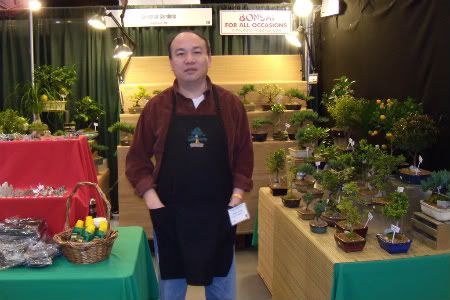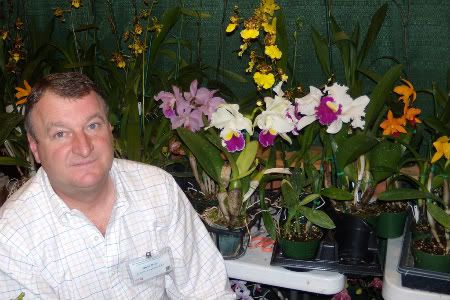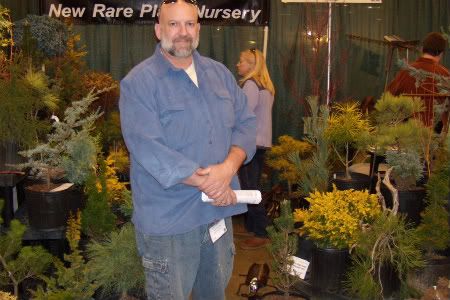
Over the years in my yard, I've made several attempts at creating a woodland wildflower garden. Having two dogs in the yard has made this particular task difficult. Over time, the dogs' trampling, digging, and shady naps on all the hot summer days has weeded out the Trilliums, Toad Lilies, and ferns from those beds. All that not only survived, but thrived under this abuse was the Lenten Rose.
The early spring flowers of Helleborus orientalis come in a wide variety of colors including creams, pinks, greens, speckles, and purples so dark they could be black. These dark varieties are especially unusual and add great specimen interest to any shade garden. These "black" varieties come in the typical petal type (one layer of petals) as seen in 'Black Diamond'. Even more dramatic is the recently released double-petaled 'Onyx Odessey'. In February's issue of The American Gardener, published by the American Horticultural Society, Doreen Howard mentioned in her article "Plants and Trends for 2009" that she had tested this Lenten Rose variety in her garden. According to her, it was the first in flower and its ivory stamens (Helleborous typically have yellow stamens) provided a great contrast to its dark petals. Howard went on to suggest interplanting with green flowering varieties of Lenten Rose for a nice contrast in the landscape.
So if you're looking for a resilient plant with early blooms and a striking color, don't forget about the "black" cultivars of Lenten Rose.
Helleborous 'Black Diamond': http://www.gardencrossings.com/plant/Helleborus__Black%20Diamond
Helleborous 'Onyx Odessey': http://www.jacksonandperkins.com/gardening/PD/48856/
http://www.gardencrossings.com/plant/Helleborus_Winter%20Jewels_Onyx%20Odyssey
Howard, Doreen G. "Plants and Trends for 2009". The American Gardener. January / February 2009. 18-19. or http://www.ahs.org/publications/the_american_gardener/09/01/excerpt1.htm
Stills, Steven M. Manual of Herbaceous Ornamental Plants: Fourth Edition. 340-341




